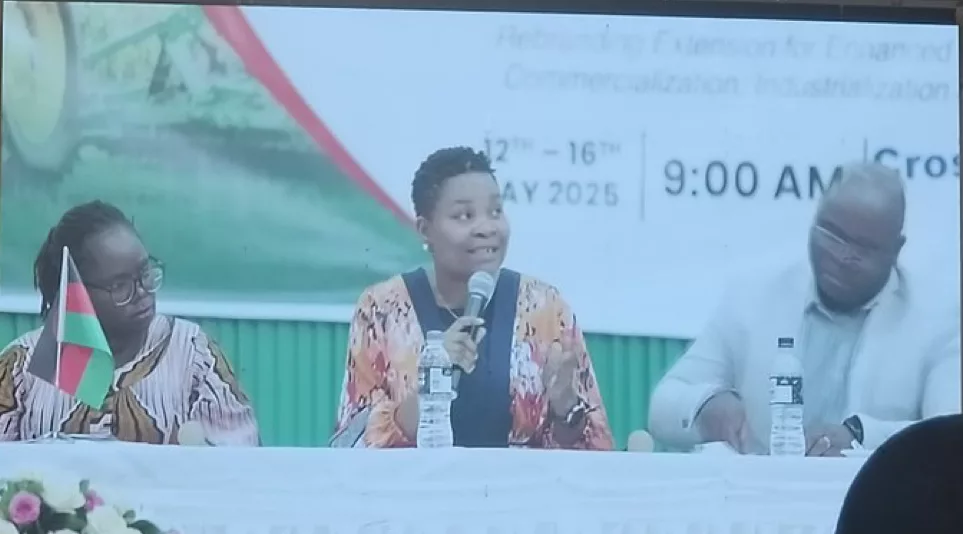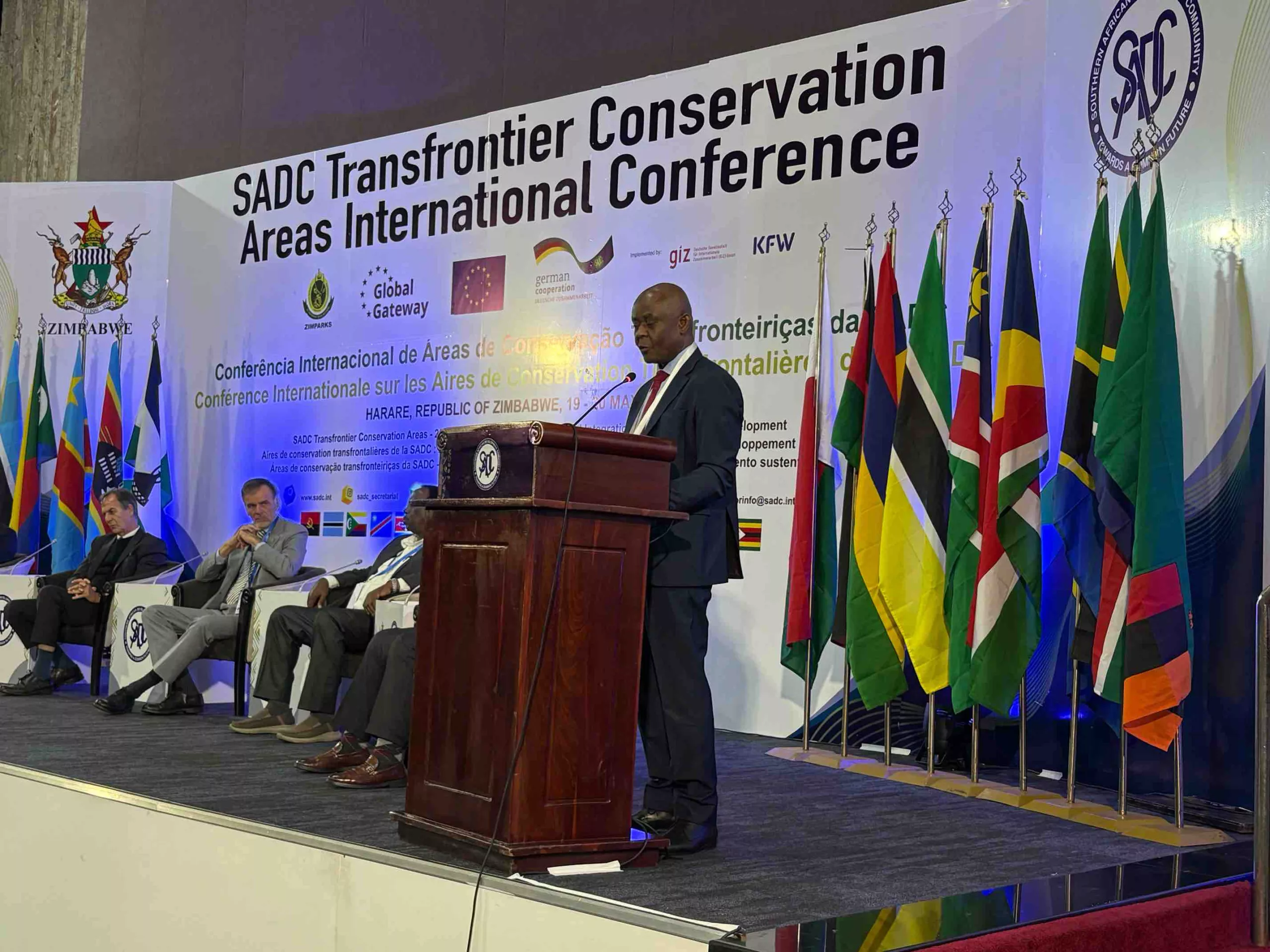|
Getting your Trinity Audio player ready...
|
By Charles Dhewa
While the majority of youths in African countries are still interested in white-collar jobs, a monthly salary, or wage, agriculture offers new platforms for young people to participate in creating their own employment. These opportunities extend from communal to urban farming. The growth of urban agriculture has been driven by the need for urban dwellers to meet household food security in response to the increasing cost of food commodities and loss of jobs.
Adding value to urban farming by-products
Good rainfall seasons always reveal how urban farming cannot only be the source of food security but a strong foundation for youth employment as well as a source of livestock feed. However, most urban agriculture skills have largely been on producing maize and other crops like legumes and small grains. As urban farming gains momentum, there is scope for adding value to by-products such as maize husks and other crop remains like what happens in farming areas where crop remains are turned into livestock feed. This is also how urban youths can tap into indigenous knowledge on adding value to urban agriculture.
In rural areas, the value addition of grasses focuses on grazing and thatching. Rural communities know that if they feed cattle with natural pastures, the cattle will be strong enough to provide draught power and milk which is a rich source of nutrition. Cattle and donkeys have remained a major source of draught power. With healthy cattle and other animals, farmers get good harvests which guarantee food security. Bumper harvests also provide sufficient mashanga or stover which is preserved as cattle feed for use in the lean winter season. Another bonus is manure from the livestock.
Making livestock feed in cities
Using the same technology and systems that have sustained rural agriculture for decades, urban youths can add value to urban agriculture through:
· Making basic stock feed on maize stalks in several urban fields. Maize production has increased in African cities like Nairobi, Addis Ababa, Kampala, Maputo, and many others following good rainfall seasons.
· Making hay from grasses found in open areas, along roads and streams.
Products from the above two activities can have a ready market in dry regions where climate change is negatively affecting the availability of livestock feed throughout the year. One of the issues is that in most rural areas, grasses and maize husks as well as other crop residues have multi-purpose uses. Good grass is used for thatching houses while maize stalks have a short period for cattle and mainly consumed while still in the field. By harvesting mashanga and grasses, youths will clear dangerous areas and minimize incidences of theft, especially against women. Local authorities and development organizations can be approached to provide resources for committed youths. Both young men and women can champion this initiative that has a high potential for generating income.
Connecting urban and rural youths
The above efforts can be linked with rural youths who can be assisted to set up feedlots at the community level. Development agencies like the FAO and others focusing on livestock value chains may be convinced to support the intervention. Currently, stock feed is competing with human food security. While maize is used as stock feed for elite livestock producers who can afford such feed, the majority of rural farmers feed their cattle on natural grass and crop by-products. That is why it is important to promote the use of by-products from urban agricultural activities for producing stock feed. Bringing cheap stock feed from urban agriculture will minimize cattle diseases while increasing productivity as cattle will be fed closer home unlike travelling long distances for pastures.
Once centers, where stock feed is produced, are known, people will bring mashanga just like some people are taking paper, bottles and other materials to recycling centers. This is also how the feed for goats and sheep that are often kept in stressful urban conditions in cities without feed by traders while waiting for buyers. Some youth can end up planting crops and grasses that are good for preserving wetlands. By-products from the shelling of groundnuts and maize roasting will be aggregated and taken to drop centers where they will be picked and taken to stock feed manufacturing sites.
Eventually, knowledge gained from making stock feed can be transferred to farming areas where farmers will learn how to make feed while youths scout for markets in dry regions. In most cases, regions, where crops do well due to high rainfall lack cattle and that, means there are always abundant plant by-products like mashanga which are badly needed in dry regions where livestock do better. Local authorities can also be assisted to build business models around stock feed manufacturing since they own most of the land on which urban agriculture happens.






